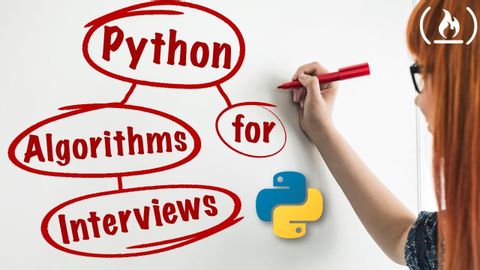面接のためのPythonアルゴリズム (Python Algorithms for Interviews)
林宜悉 が 2021 年 01 月 14 日 に投稿  この条件に一致する単語はありません
この条件に一致する単語はありませんUS /ɪˈsenʃəli/
・
UK /ɪˈsenʃəli/
US /sɪɡˈnɪfɪkənt/
・
UK /sɪgˈnɪfɪkənt/
US /səˈner.i.oʊ/
・
UK /sɪˈnɑː.ri.əʊ/
US /ˈkɑnstənt/
・
UK /'kɒnstənt/
エネルギーを使用
すべての単語を解除
発音・解説・フィルター機能を解除

